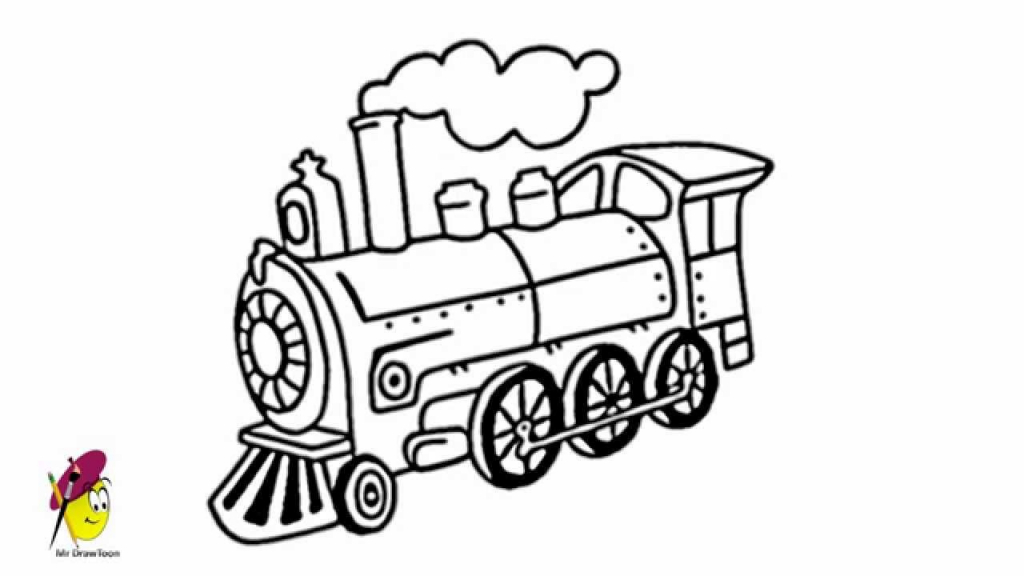

Transportation is the largest source of planet-warming gases in the United States, releasing 28 percent of U.S.

Trips on bullet trains emit about 14 to 16 times less carbon per passenger than trips by car or airplane, according to a report that evaluated the carbon footprint of transportation options in southern France. Bullet trains can take passengers directly to city centers, which makes total travel time on trains similar to or faster than air travel. High-speed rail could reduce emissions from intercity travel under 600 miles. The $1.2 trillion infrastructure bill enacted in 2021 has $102 billion for rail, but none of the money is set aside for high-speed rail. The interstate highway system cost $129 billion - roughly $290 billion in current dollars - and took 35 years to complete, running from 1957 to 1992. companies to invest in research, engineering and new plants that could produce high-speed rail parts and satisfy Buy America requirements, Thompson said. “Until we are serious about high-speed rail in the same way that we were serious about the interstate highways, we’re highly unlikely to see a national high-speed rail system,” Thompson said.Ī federal funding program for high-speed rail would encourage U.S.
#UNION TRAIN SKETCH SOFTWARE#
In addition, the tracks, signals, rail cars and software made in the U.S. lacks a passenger rail industry that can produce all of the parts needed for a high-speed rail system and comply with Buy America. The rules could slow down high-speed rail projects and increase costs because U.S.-made parts are generally costlier and manufacturing capacity is limited, although Buy America waivers are possible. Buy America: The policy requires federally funded infrastructure including rail cars and tracks to be manufactured domestically.The corridor needs billions of dollars for basic improvements and to accommodate high-speed service. passenger route by a wide margin - is filled with sharp curves, bottlenecks, decaying tunnels, bridges and overhead power lines that slow down trains. Amtrak’s Northeast Corridor - the busiest intercity U.S. Tracks: None of the nation’s rail lines are built for trains to run 200 mph.The problems are intertwined, with one issue complicating the next. a high-speed rail system that can reduce driving and flying - the two most polluting and common transportation modes in the United States. President Joe Biden last year vowed to help develop high-speed rail as one of 37 “ game-changing R&D opportunities” that could help the United States achieve net-zero carbon emissions by 2050.Į&E News identified four obstacles that complicate Biden’s efforts to bring to the U.S. The old rail infrastructure highlights difficulties the Biden administration faces in bringing high-speed passenger rail service to the United States. Many European and Asian countries operate high-speed trains around 200 mph on special tracks designed for faster speeds and closed to slower rail cars. The bullet cars will be forced to run slower than 110 mph in most segments. CLIMATEWIRE | The first U.S.-made high-speed "bullet" trains will start running as early as 2024 between Boston, New York and Washington, with the promise of cutting transportation emissions by attracting new rail passengers who now drive or fly.īut Amtrak’s plan to run high-speed rail service on its Northeast Corridor faces a major obstacle - the 450-mile route does not have modern tracks that can handle the speed.Īmtrak, a federally owned passenger-rail company, will have to operate the new trains on tracks that were built more than a century ago for much slower commuter and freight service.


 0 kommentar(er)
0 kommentar(er)
